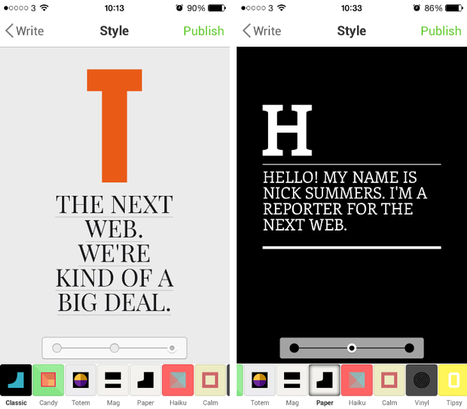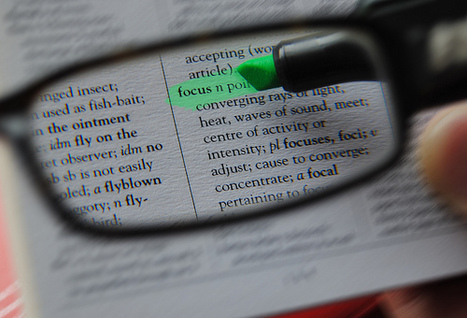If you sit down with any experienced graphic designer, they’ll happily talk to you for hours about the importance of typography. It’s everywhere you look, from huge billboard ads to the front of your favorite t-shirt. Type can reflect many emotions, but most of us rarely notice its profound impact.
Notegraphy is an iOS and Web app that wants everyone, regardless of their experience in Adobe Illustrator, to have fun with typography and create vibrant, sophisticated examples that can then be shared with their friends online. Just as Instagram made photo-editing dead simple and accessible, Notegraphy wants to do the same with type....
Via Jeff Domansky, Ivo Nový



 Your new post is loading...
Your new post is loading...









This is one of those very cool little apps creative people love.